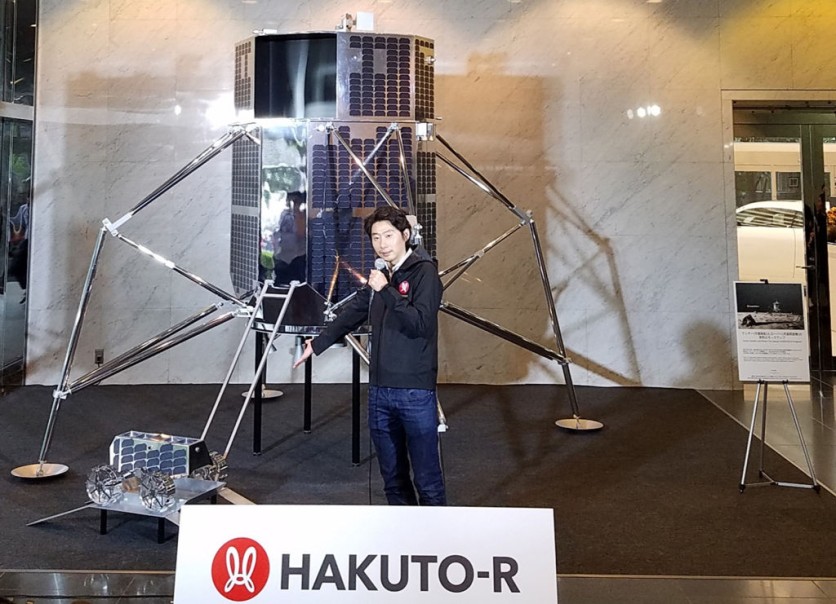ispace, a Tokyo-based startup is almost ready for its first launch to the moon's surface at the end of this month, according to TechCrunch.

Hakuto-R
The Hakuto-R lander will kick off an ambitious lunar exploration program. Initially, the company targeted an earlier launch of November 9-15, but recently, the company said it was now aiming to launch no earlier than November 22. The new date was in coordination with launch partner SpaceX.
The lander is now at Cape Canaveral in Florida via cargo plane in advance of its launch. If everything goes to plan, the lander will carry multiple payloads to the surface of the moon. This includes a 22-pound rover for the United Arab Emirates' Mohammed bin Rashid Space Centre, which is a lunar robot for the Japan Aerospace Exploration Agency.
It will also carry several more payloads from commercial and government customers. Following the launch, the mission will be monitored from their mission control center in Tokyo.
Also Read: NASA Requests for Another Artemis Moon Lander - How About SpaceX's Starship Lander?
More Lunar Missions
Lunar missions will soon start getting a lot more interesting. If all goes to plan, there will be multiple launches toward the moon over the next few years.
The moon has been a desired destination for space exploration for decades. The reason why many companies want to reach the moon is because it gives them a good place to test out their technology. Right now, it's much easier for commercial companies to send a probe or lander to the surface of the moon than to Mars.
The moon is seen as a key testing ground for deep space exploration and potential colonization. It has a lot of resources, like water and other rare minerals, that can be used to help create opportunities for sustainable human settlement. Another key reason the moon is so appealing is its proximity to Earth. The moon is the nearest celestial body and would make it easier to do things like landing and testing, and then return to Earth.
The moon also has a pretty steady gravitational field, and is a great place to test out landers and rovers. It would be a great way to test out new technology that could then be easily applied to Mars. The moon is a smaller, but more affordable and realistic way to test out equipment on a larger scale.
What's Next for Lunar Exploration
All of the planned launches for the next few years are designed to gather more information about the moon and show off some impressive space technology. The next few years will be a good glimpse into the future of space travel, and what could be possible in terms of space tourism and commercial space exploration.
Related Article: China's Lunar Lander Finds WATER on the Moon, Latest Chinese Probe Claims
This article is owned by Tech Times
Written by April Fowell
ⓒ 2025 TECHTIMES.com All rights reserved. Do not reproduce without permission.




